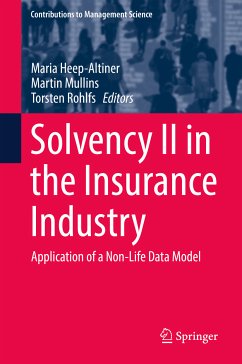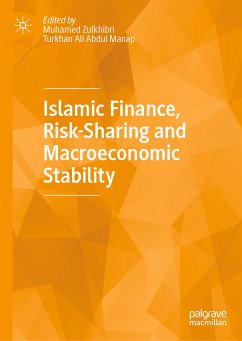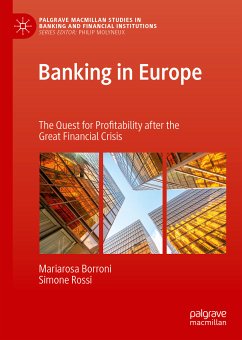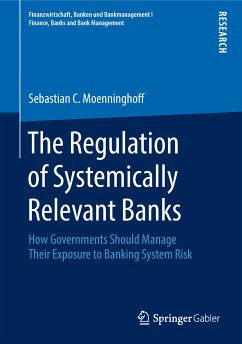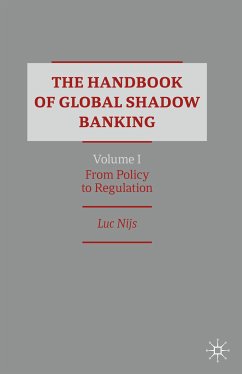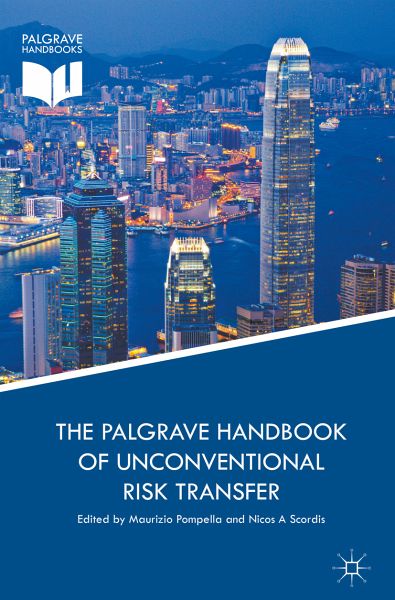
The Palgrave Handbook of Unconventional Risk Transfer (eBook, PDF)
Versandkostenfrei!
Sofort per Download lieferbar
160,95 €
inkl. MwSt.
Weitere Ausgaben:

PAYBACK Punkte
80 °P sammeln!
This handbook examines the latest techniques and strategies that are used to unlock the risk transfer capacity of global financial and capital markets. Taking the financial crisis and global recession into account, it frames and contextualises non-traditional risk transfer tools created over the last 20 years. Featuring contributions from distinguished academics and professionals from around the world, this book covers in detail issues in securitization, financial risk management and innovation, structured finance and derivatives, life and non-life pure risk management, market and financial re...
This handbook examines the latest techniques and strategies that are used to unlock the risk transfer capacity of global financial and capital markets. Taking the financial crisis and global recession into account, it frames and contextualises non-traditional risk transfer tools created over the last 20 years. Featuring contributions from distinguished academics and professionals from around the world, this book covers in detail issues in securitization, financial risk management and innovation, structured finance and derivatives, life and non-life pure risk management, market and financial reinsurance, CAT risk management, crisis management, natural, environmental and man-made risks, terrorism risk, risk modelling, vulnerability and resilience. This handbook will be of interest to academics, researchers and practitioners in the field of risk transfer.
Dieser Download kann aus rechtlichen Gründen nur mit Rechnungsadresse in A, B, BG, CY, CZ, D, DK, EW, E, FIN, F, GR, HR, H, IRL, I, LT, L, LR, M, NL, PL, P, R, S, SLO, SK ausgeliefert werden.





